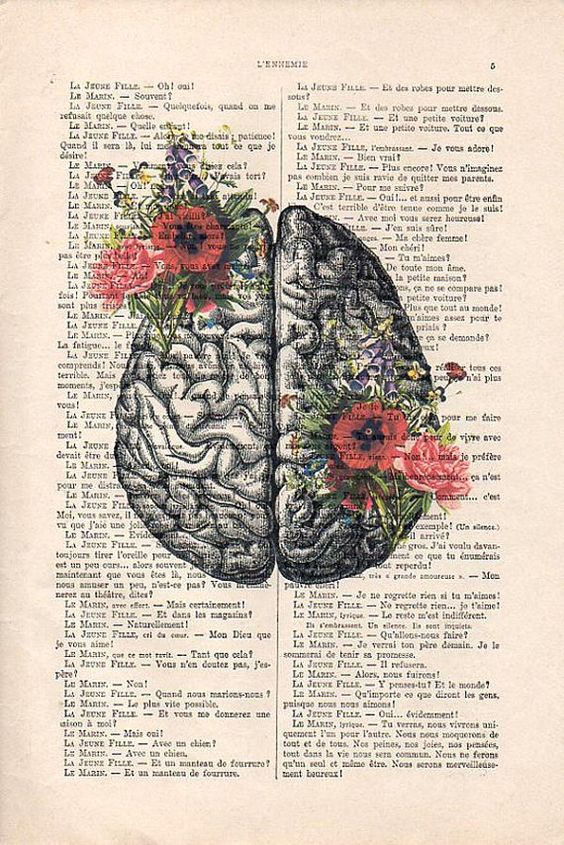We mostly think of sleep as the period between being awake and slipping into bed. That sounds so simple, well, it is and it isn’t. Without overcomplicating things, there are a few basics kinds of sleep, some are more effective than others. Everyone responds differently, and you only know when you’ve rested enough on the surface but it’s deeper than deep sleep (pardon the pun). If you think of sleep as progressive, naps and lighter resting being at the top end, and dreaming being at the low end, you’d be surprised to know that your best sleep, the kind where you’re not dreaming (REM Sleep) is actually the best kind. The actual commentary here is about rest and the lack of it that comes from stress, and factors that we don’t truly see surrounding us.
Below, we’ve highlighted some of these in short, so you can better understand what your body goes through on a nightly basis.
Stage 1 non-REM sleep is the changeover from wakefulness to sleep. During this short period (lasting several minutes) of relatively light sleep, your heartbeat, breathing, and eye movements slow, and your muscles relax with occasional twitches. Your brain waves begin to slow from their daytime wakefulness patterns.
Stage 2 non-REM sleep is a period of light sleep before you enter deeper sleep. Your heartbeat and breathing slow, and muscles relax even further. Your body temperature drops and eye movements stop. Brain wave activity slows but is marked by brief bursts of electrical activity.
Stage 3 non-REM sleep is the period of deep sleep that you need to feel refreshed in the morning. It occurs in longer periods during the first half of the night. Your heartbeat and breathing slow to their lowest levels during sleep.
How to improve your sleep ultimately comes from how you even begin to prepare yourself to rest. Calming your mind, breathing, and making sure your comfort level (both physically and mentally) is optimal.


